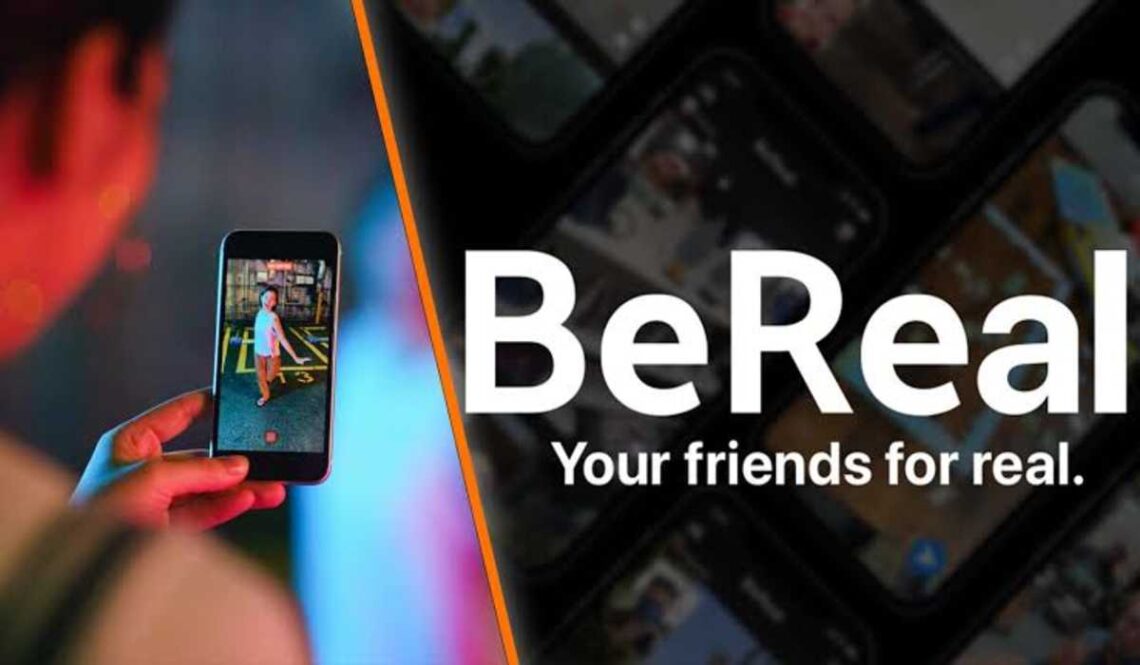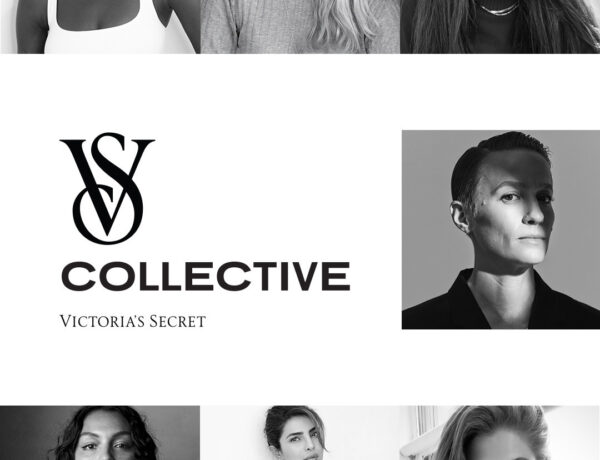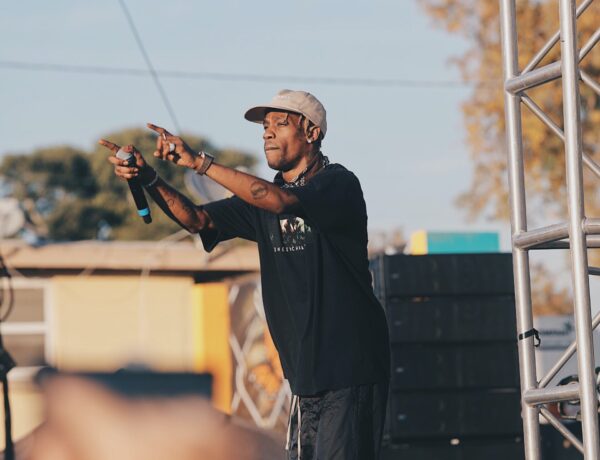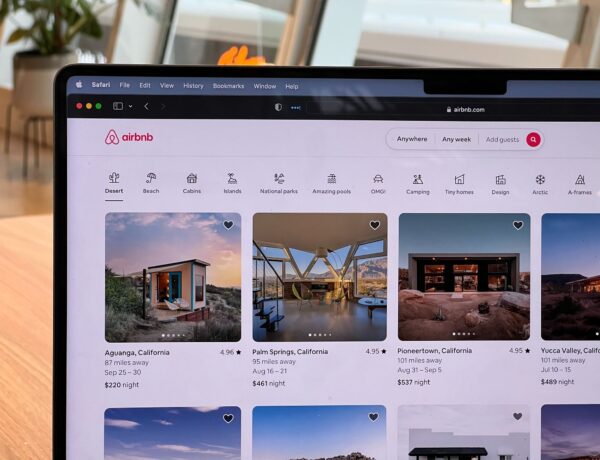Social media has become an indispensable part of our modern life and has completely disrupted how we communicate, learn, and connect with others. Currently, 17 social media platforms have at least 300 million active users, and the average number of social media accounts held by a millennial or Gen Z user around the world is 8.5. And, while not so long ago, each of these apps were distinct with their unique selling point, nowadays social networks are more than ever competing and copycatting each other. Twitter now offers Fleets, a copy of Instagram Stories that Snapchat first introduced. Snapchat, on the other hand, adds Spotlight, similar to Instagram Reels, bluntly taken from TikTok. The latest example is that TikTok introduced a new feature that replicates the popular French social media platform BeReal. And Instagram is testing a BeReal clone feature that challenges people to post candid photos. So, what is this new social app that shook up the top social media players, and what does this mean for businesses, marketers, and content creators?
Unlike social media apps that show overly curated content, BeReal is all about authenticity. BeReal invites users to take a photo of themselves and their surroundings at random times every day by simultaneously using their phone’s front and rear cameras. By not including filters or face-altering software, BeReal is one of the rare apps that stood against selfie dysmorphia, which is “a preoccupation with one’s looks and how others perceive it” (Hanlon, 2020, p.97). Users of this app do not have time to make elaborate edits since they must send their photo within two minutes of receiving a notification. In their statement, BeReal says its goal is to create “an alternative to addictive social networks fueling social comparison and portraying life with the goal of amassing influence.” The app creators clarified that this platform is not for those who want to become influencers but for people who seek genuine connections with others. As a response to the pressure young users today experience to be creative and seem great online, BeReal has grown in popularity. While many brands and businesses are still trying to present themselves in the best possible light, exaggerating their positive aspects and covering the flaws, the rise of BeReal is showing that the shift towards transparency and imperfection is taking over. Moreover, with Instagram and TikTok being so quick to copy this feature, should brands and businesses stop prioritizing polished and highly-curated feed, and start providing their followers with more unedited and raw content?
BeReal also underscored the importance of genuine and organic content. Younger generations are losing interest in heavily branded pay-to-play influencer marketing, so marketers have to find new ways to capture the attention of this audience. Additionally, it has been noted that younger audiences are leaving many public-facing social platforms and flocking to smaller, more intimate online destinations. Even though BeReal openly forbids utilizing the app for advertisements, we have already seen businesses and brand executives joining this platform to find ways to leverage it. Chipotle was the first company to register for an account and publish a discount code offering the first 100 users a free meal. This example shows that brands can still use BeReal to build organic and more intimate relationships with platform users. The app allows brands to share unfiltered glimpses into the company’s behind-the-scenes moments in a fun and engaging way to increase brand awareness and reputation. This strategy can help spread the word about the brand online and offline. BeReal is undoubtedly a refreshing alternative to the most dominant social media platforms saturated with promotional ads and filtered content. So, the challenge for businesses now is learning how to organically build a strong presence on this platform and create intimate relationships with consumers.
Changing technological and social trends make social marketing quite challenging. There are constantly new apps, and it is hard to predict which is here to stay and which is likely to disappear. What should be kept in mind is that with so many applications competing for Gen Z’s attention, BeReal’s popularity is simply another example of what consumers demand from brands and social media. The French company caught the attention of younger generations by merely allowing them to be themselves without constantly being pressured to be pretty, creative, or intelligent. While BeReal might be another passing fad, it is essential to remember that this platform proved that curated, polished feeds, showing only a good side of the business or a brand, are not what customers and users seek anymore.
References
Atkinson, E. (2022, May 5). BeReal: What PR pros should know about the newest hit social media platform. PR Daily. https://www.prdaily.com/bereal-what-pr-pros-should-know-about-the-newest-hit-social-media-platform/
Cummings, A. (2022, July 27). BeReal: What’s the appeal of Gen Z’s new fave app, and how can brands participate? BANKNOTES. https://hashtagpaid.com/banknotes/bereal-whats-the-appeal-of-gen-zs-new-fave-app-and-how-can-brands-participate
Hanlon, A. (2020). Digital Marketing: Strategic Planning & Integration. Sage Publications.
Karimi, F. (2022, April 21). This social app prohibits edited photos to encourage users to be more authentic. It’s growing fast. CNN Business. https://www.cnn.com/2022/04/21/business/bereal-social-media-app-cec/index.html
Mehta, I. (2022, August 23). Instagram’s latest feature test is about being BeReal. TechCrunch. https://techcrunch.com/2022/08/23/instagrams-latest-feature-test-is-about-being-bereal/
Ruby, D. (2022, August 20). Social media users – How many people use social media in 2022? DemandSage. https://www.demandsage.com/social-media-users/
Wilson, S. (2021, March 11). Where brands are reaching Gen Z. Harvard Business Review. https://hbr.org/2021/03/where-brands-are-reaching-gen-z





No Comments